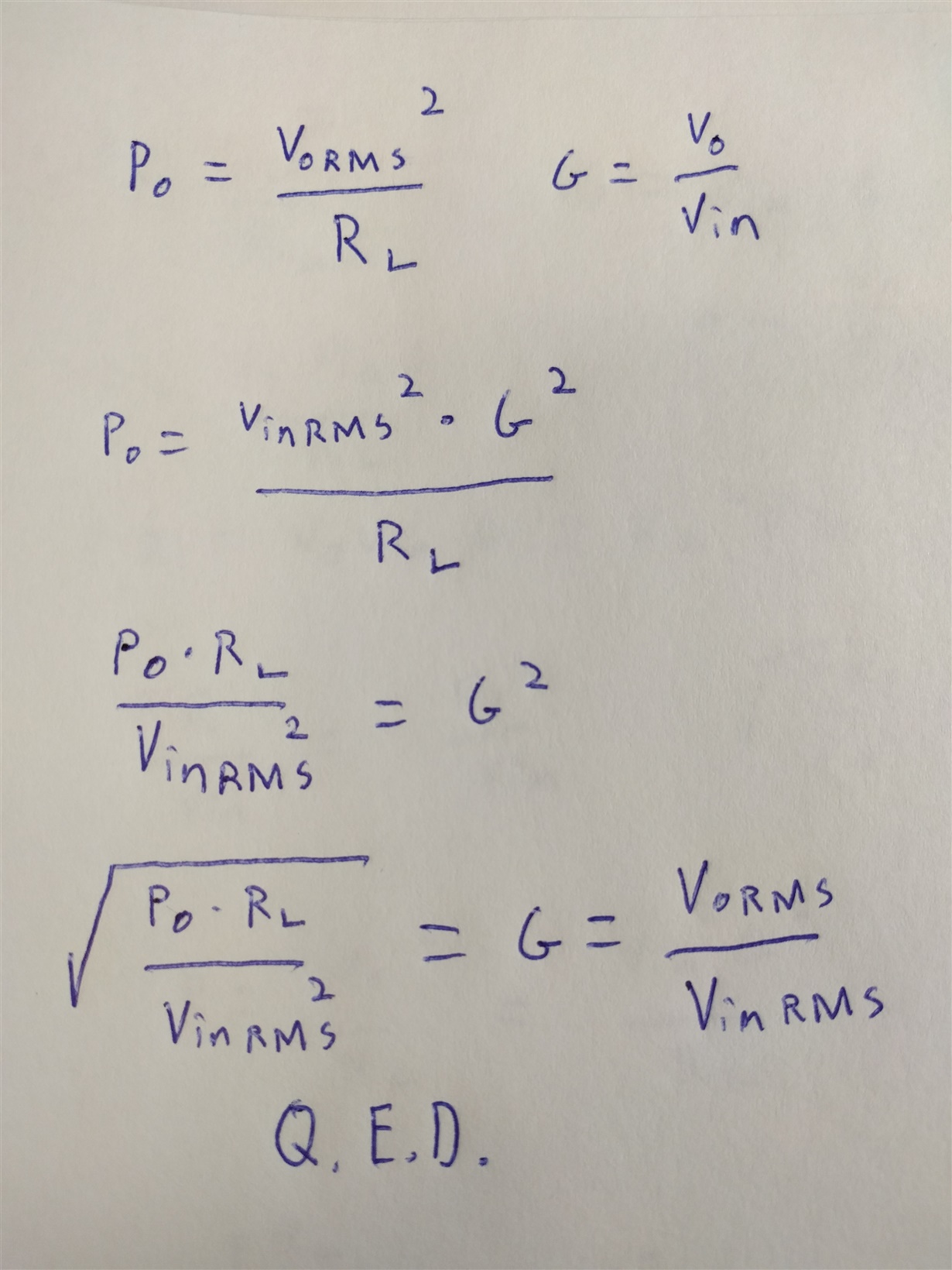How is gain defined for a differential op amp?
Using the LM4876 and the datasheet, I made the circuit in figure 1 with Rf=42K and Ri = 20K. According to equation 1, my gain should be ~4.2. I am actually only seeing a gain of ~2.1. When the input signal is 0.8 Vpp, the two differential signal are both 1.6Vpp.
Do the differential signals "combine" to form the expected 4.2 gain? This explanation is naive. I am unsure about the circuit and my understanding.


